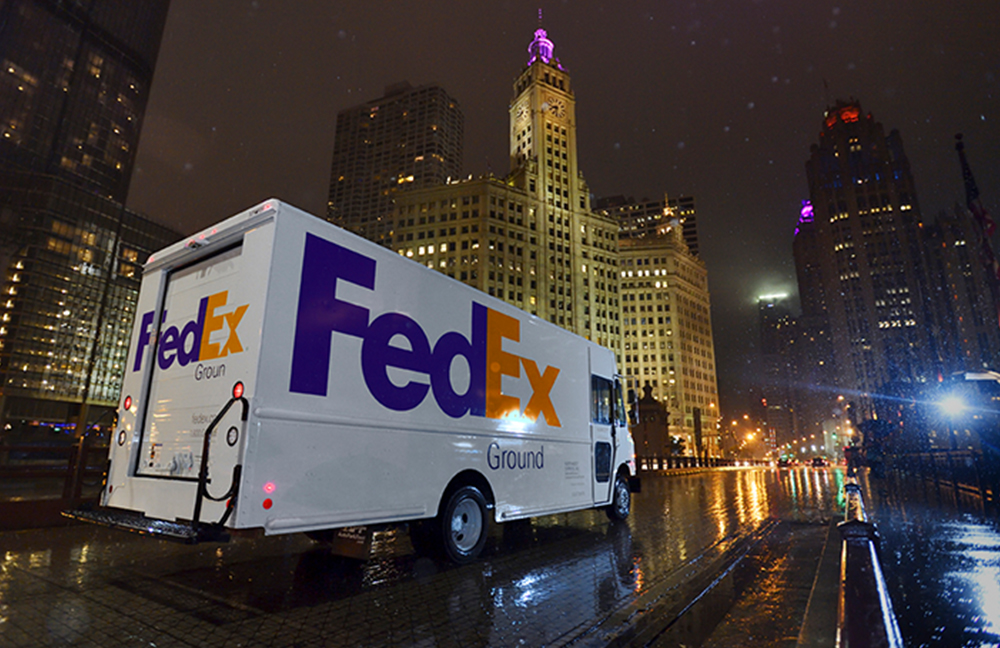
These smart trackers can be used in conjunction with a geofence so that when a package arrives at the hospital, the staff can take action immediately. The company is currently using smart package technology so hospitals can track critical shipments. While many commercial sites were nothing more than advertisements, by plugging in a tracking number, users were presented with the location of their packages. That package tracking data hit another milestone in 1994 when FedEx launched, the first transportation site to offer tracking information online.
#FEDERAL EXPRESS TRACKING ONLINE DRIVERS#
FedEx drivers could share tracking information on terminals in their trucks long before mobile carries offered any sort of cellular data network. It erected towers and created a nationwide wireless data and communications network tied into a FedEx mainframe. In 1980 FedEx began buying up the 800MHz spectrum in North America. That tracking technology needed a backbone. "That was the fist time I ever saw a company say 'do business with us because of our technology.'That was FedEx's way to differentiate itself from any other shipper at the time," professor Wetherbe told Wired. If you needed to know where you package was, you would call FedEx, something the company used as a marketing tool. The system was then made available via a customer service line. There are no truer words when you're waiting for the latest gadget to be delivered to your home.

FedEx founder Fred Smith is famous for saying, "The information about the package is as important as the package itself." In the body of the message, type your job order or tracking number (s). FedEx was aware that of the importance of all this data. Compose a new email message to leave the subject line blank. When the system went online it included early prototypes of handheld computers that scanned package barcodes with wands.

It worked so well that, in 1979, the system was offered to customers as COSMOS (Customers, Operations and Services Master Online System).

The system, launched in the late 1970s, was created to improve efficiencies.


 0 kommentar(er)
0 kommentar(er)
